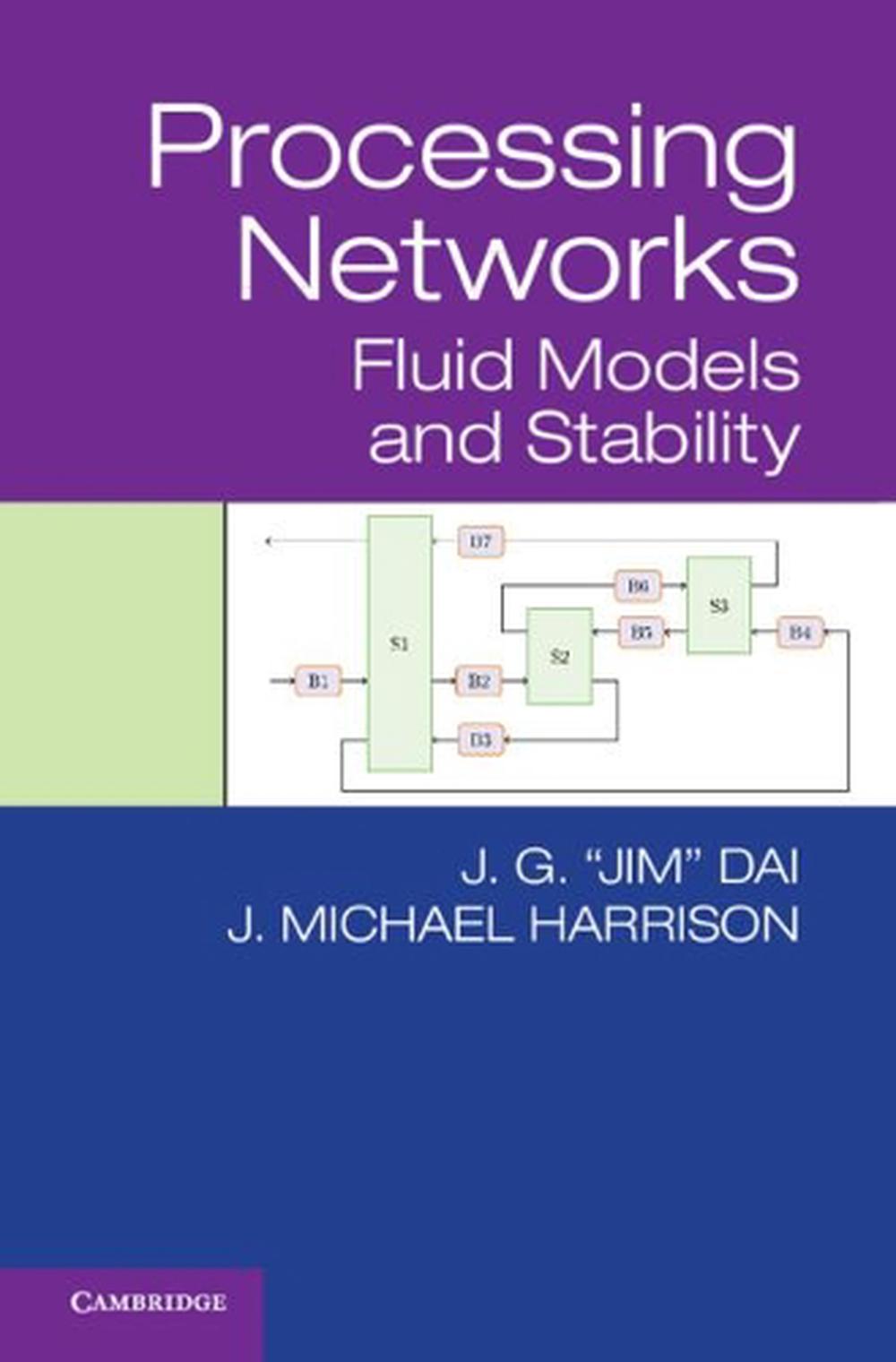
Processing Networks
fluid models and stability
$180.56
- Hardcover
404 pages
- Release Date
15 October 2020
Summary
Taming Complexity: Stability Analysis in Stochastic Processing Networks
This state-of-the-art account unifies material developed over the last 35 years, focusing on stochastic processing networks (SPNs), which include queueing networks and bandwidth sharing networks. It explains a method for stability analysis based on fluid models.
The central mathematical result is: If the fluid model derived from an SPN is stable, then the SPN itself is stable.
Detailed topics inc…
Book Details
| ISBN-13: | 9781108488891 |
|---|---|
| ISBN-10: | 1108488897 |
| Author: | J. Michael Harrison, J.G. Dai |
| Publisher: | Cambridge University Press |
| Imprint: | Cambridge University Press |
| Format: | Hardcover |
| Number of Pages: | 404 |
| Release Date: | 15 October 2020 |
| Weight: | 730g |
| Dimensions: | 234mm x 156mm x 23mm |
You Can Find This Book In
What They're Saying
Critics Review
‘The deep and rich theory of stochastic processing networks has served as the analytical foundation for the study of communication networks, cloud computing systems, and manufacturing networks. This book by two of the pioneers of the theory presents an authoritative and comprehensive treatment of the topic, and will serve as an important reference to researchers in the area.’ R. Srikant, University of Illinois at Urbana-Champaign‘A system of interconnected resources can become overloaded and unstable even though each of its individual resources has the capacity to meet the demands on it. This striking observation, first made thirty years ago, has stimulated a major field of research. This book, written by two of the pioneers and leading researchers in the field, is a clear and authoritative account of the state-of-the-art.’ Frank Kelly, University of Cambridge‘This book provides an elegant and unified exposition of the general modeling framework of stochastic processing networks (SPNs) and associated theory of stability using fluid models. Much of this material was only previously available in dispersed journal articles. Adopting a continuous-time Markov chain description for SPNs, valid under fairly general assumptions on arrivals, service times and controls, enables a self-contained, accessible treatment. An array of interesting examples and extensions, especially involving applications for telecommunication and data networks, enliven the volume. This monograph will be an invaluable premier resource for graduate students and researchers in computer science, electrical and industrial engineering, applied mathematics and operations management interested in theory and applications of stochastic processing networks.’ Ruth J. Williams, University of California, San Diego
About The Author
J. Michael Harrison
Jim Dai received his PhD in mathematics from Stanford University. He is currently Presidential Chair Professor in the Institute for Data and Decision Analytics at The Chinese University of Hong Kong, Shenzhen. He is also the Leon C. Welch Professor of Engineering in the School of Operations Research and Information Engineering at Cornell University. He was honored by the Applied Probability Society of INFORMS with its Erlang Prize (1998) and with two Best Publication Awards (1997 and 2017). In 2018 he received The Achievement Award from ACM SIGMETRICS. Professor Dai served as Editor-In-Chief of Mathematics of Operations Research from 2012 to 2018.
J. Michael Harrison earned degrees in industrial engineering and operations research before joining the faculty of Stanford University’s Graduate School of Business, where he served for 43 years. His research concerns stochastic models in business and engineering, including mathematical finance and processing network theory. His previous books include Brownian Models of Performance and Control (2013). Professor Harrison has been honored by INFORMS with its Expository Writing Award (1998), the Lanchester Prize for best research publication (2001), and the John von Neumann Theory Prize (2004); he was elected to the U.S. National Academy of Engineering in 2008.
Returns
This item is eligible for free returns within 30 days of delivery. See our returns policy for further details.




